From how the last King of Awadh made the locals of Kolkata fall in love with aloo biryani to why Satyajit Ray frequented India Coffee House, a new book delves into the city’s fascinating culinary past
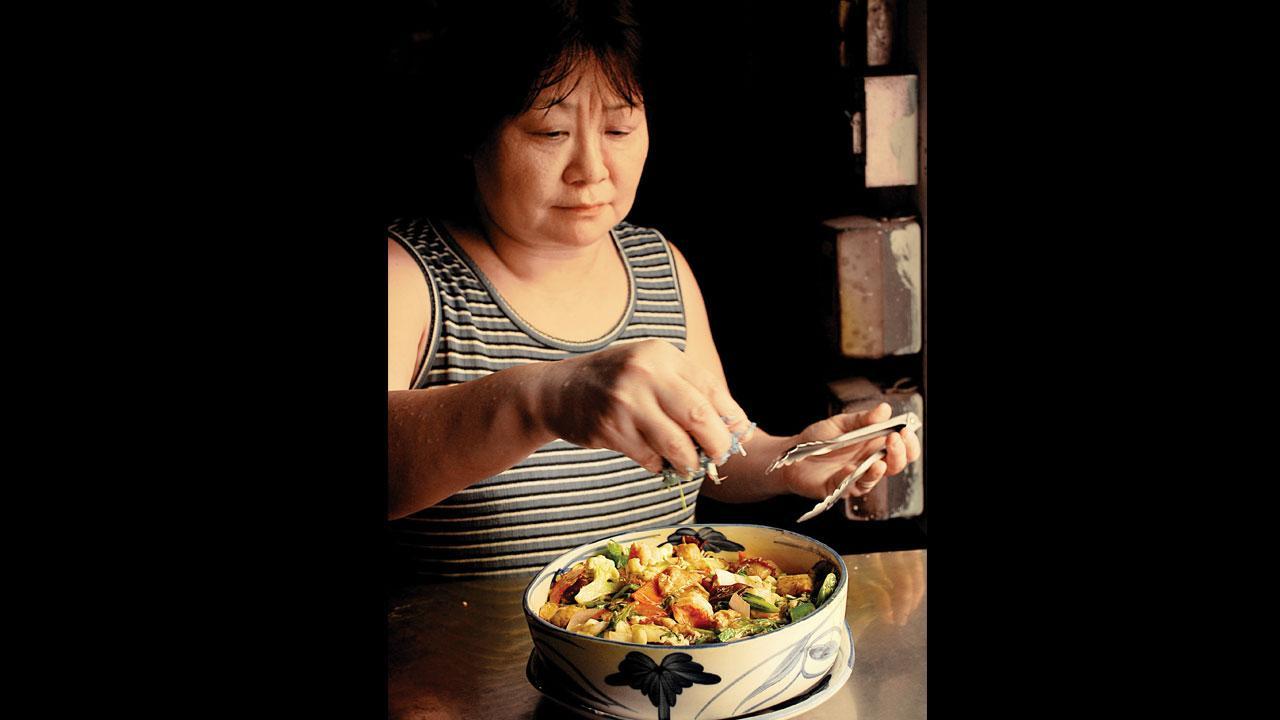
Josephine Huang adding last minute touches to her creation at Eau Chew, a popular eatery believed to have been established in 1926
Before relocating to Bengaluru, where Mohona Kanjilal spent most part of her childhood, she lived in Alexandra Court— a block of apartments on Chowringhee in central Kolkata, which dates back to the early part of the 20th century. The author also lived in another house, built during the British period, on Rowland Road in south Kolkata. “Needless to say, both [houses] were reminiscent of the European architectural style with wooden staircases, high ceilings, long tower bolts for doors and external spiral staircases for the domestics,” she tells us, adding, “While the house on Rowland Road had wooden floors, Alexandra Court had an old-fashioned elevator with collapsible grill door—typical features seen even today in Kolkata houses that were built in the British era and style. Out of the two, Alexandra Court still exists.” And so does the food influence Britishers left in the city.
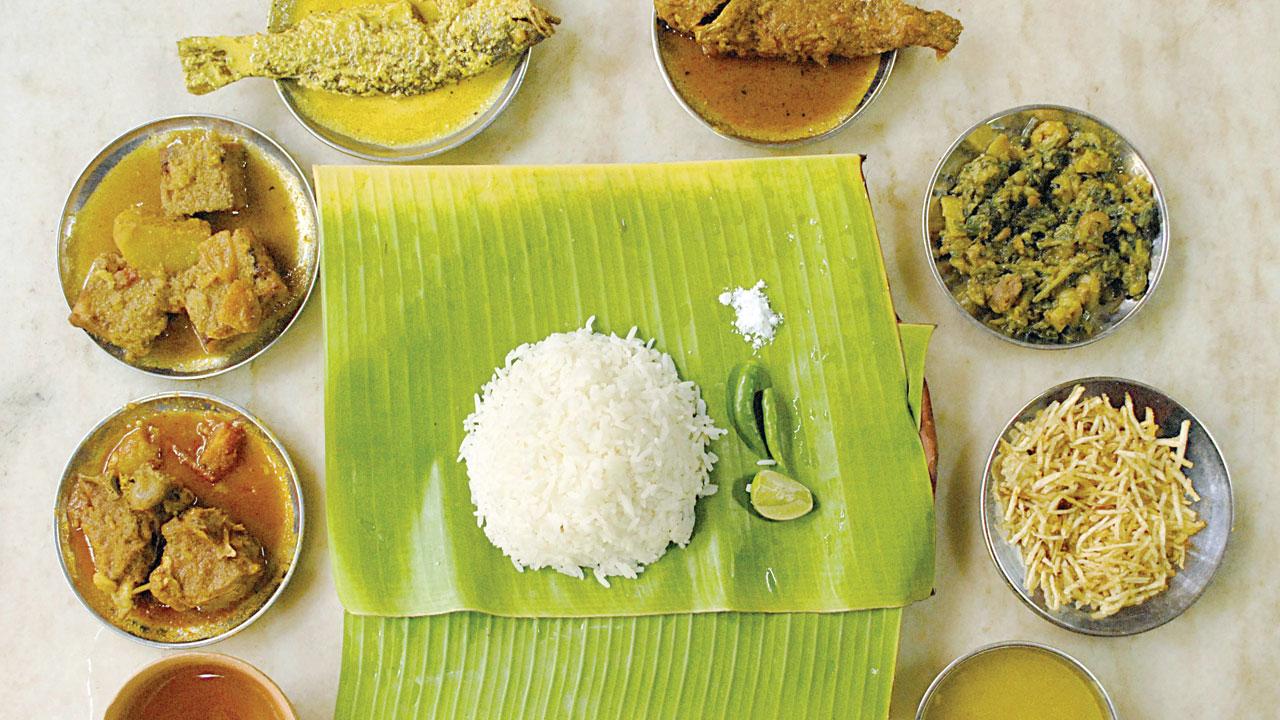
A Bengali meal at Young Bengal Hotel
In her latest book, A Taste of Time: A Food History of Calcutta (Speaking Tiger), Kanjilal explores Kolkata’s culinary evolution across a variety of cuisines and time periods. Starting from the British (1858-1911), Calcutta (now Kolkata) became a melting pot of Armenians and Parsis from Iran, Jews from Syria, the Chinese fleeing their revolution, and local migrants from Gujarat, Punjab, Rajasthan, Orissa, Bihar and South India. Kanjilal, who now lives in Salt Lake City, a neighbourhood of Kolkata that was built at the behest of the then Chief Minister of West Bengal Dr Bidhan Roy, says that the area has flourished over the years. “Unlike in the late 1990s and early 2000s, when Salt Lake had a few roadside tea stalls, vendors selling street foods like phuchka, jhal muri and ghugni, today it is filled with the best restaurants serving Indian and global cuisine. From dhabas dishing out finger-licking makki ki roti and sarson ka saag in winters, and Mediterranean establishments offering shawarma and falafels, to upscale Italian restaurants, Salt Lake City now has it all.”
A cosmopolitan outlook has developed among Kolkata’s locals given the exposure to various cultures and cuisines, and increasing social interactions, she observes. This makes them want to try out different types of cuisines, which in turn, encourages food entrepreneurs to set up establishments. But Kanjilal confesses that food was never part of dinner table discussion at home, until the idea of the book germinated. “I’d give feedback on a dish cooked well, whether at home or at a restaurant. But I never thought about digging deep into the origin of a dish. Food reeled me in when I started studying its history.”
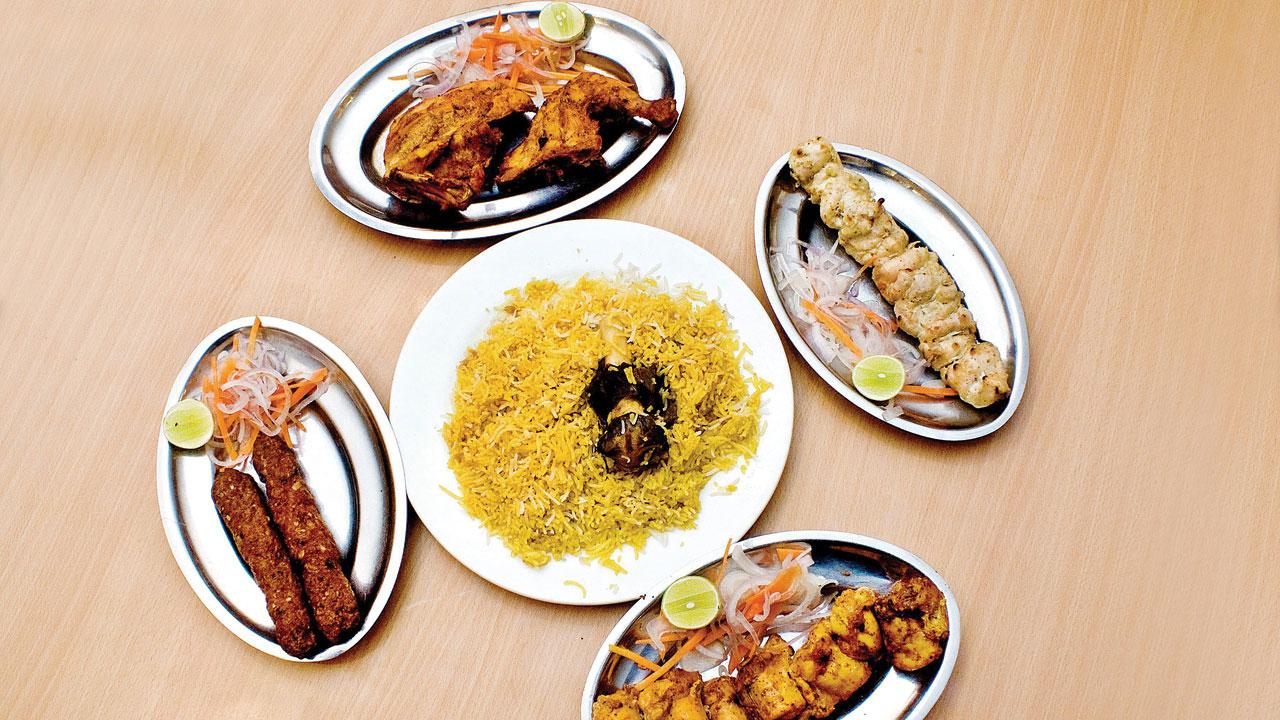
Biryani tandoori chicken and kebabs at Royal Indian Hotel
It was in 2014 when Kanjilal made a trip to Nahoum’s—Kolkata’s famous Jewish bakery in Sir Stuart Hogg Market—that she had the idea for writing this book. “They were taking time to settle the bill and I began looking around, studying the décor of the shop and the many nuances reminiscent of a bygone era that caught my eye. For instance, the table-top weighing scale that has been in the bakery for years. On enquiring, I learnt that the year of establishment of the shop was 1902. I wondered how many such eateries still exist and continue to be popular. On researching, I found plenty!”
According to her, Bengal has always been a land of food-loving people, from the ancient times when its inhabitants would depend on primitive methods of hunting and fishing, to the modern times when chefs are experimenting with traditional ingredients like the Bengali five-spice mix called paanch phoron. “The slow braised paanch phoron pork is a deviation as paanch phoron is traditionally not used by Bengalis to cook meat,” she shares, adding that the nolen gur is no longer confined to sweetening Bengali confectioneries, but is being used in Western desserts such as crème brulee. Kolkata’s culinary journey, she says, began with the Portuguese. “The traditional sweets of Bengal were given the generic name of monda-mithai. Monda were milk-based sweets made of khoya [mawa], sweetened with gur [jaggery] or sugar and shaped into balls. Mithai were flour or lentil-based sweets that were sweetened with jaggery or sugar. The Portuguese also introduced European confectionery in the region by teaching the local cooks employed by them the concept of baking with refined flour and eggs. It is also a well-known fact that the Portuguese were responsible for introducing several plants in India like the potato, cashew, guava, papaya, pineapple and custard apple and taught the Indians the use of vinegar in cooking,” Kanjilal, the alumnus of Loreto College, tells us.
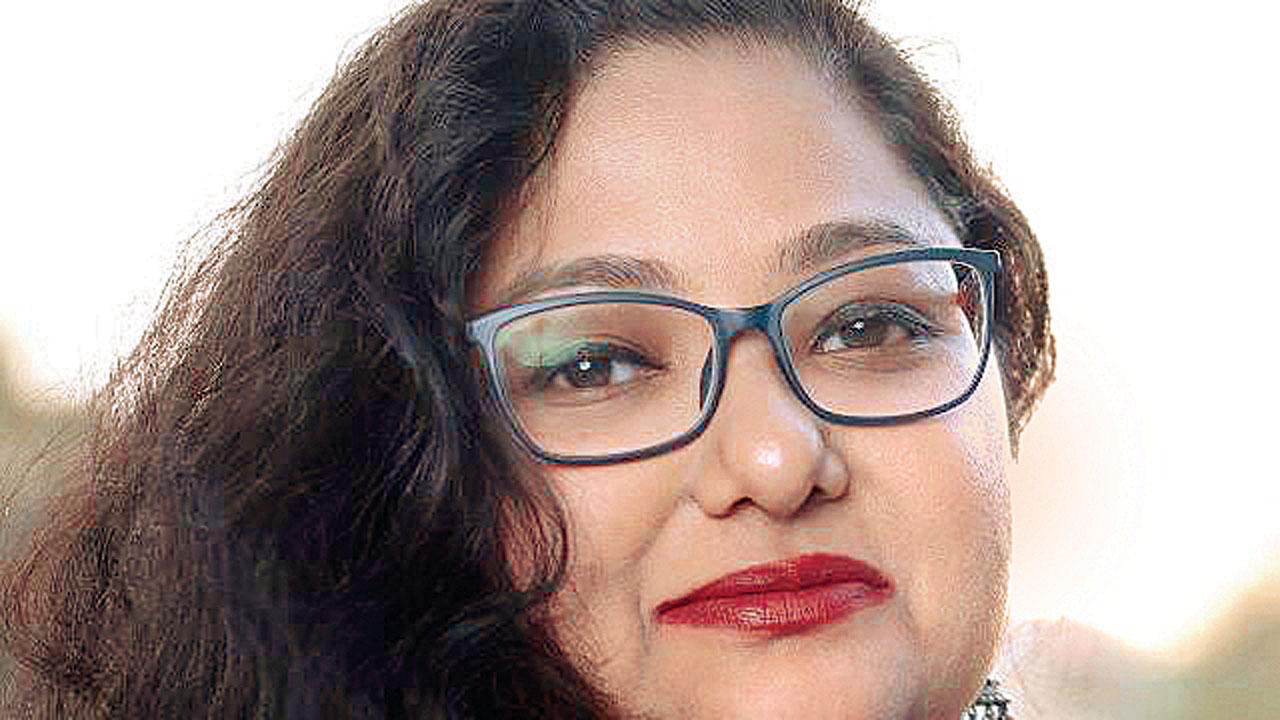
Mohona Kanjilal
While Bengalis learnt the art of making patoler dolma from the Armenians, which is a celebratory dish in the community today, and Punjabis opened dhabas that introduced locals to the cuisine of their land, the South Indian breakfast too, gained favour in the city. “This book is not just about the food of Kolkata but much more. It is an all-encompassing study of the city’s history as well as its food legacy.
The book begins with exploring the foundation of Kolkata. The huge influence that the last King of Awadh, Nawab Wajid Ali Shah, wielded on Kolkata after his chefs introduced the aloo biryani into the culinary scene of the city, has been explored in detail. A detailed study has also been made about the profile of customers who would frequent pre-Independence eateries like Favourite Cabin, the oldest tea shop of Kolkata, housed on Surya Sen Street, and India Coffee House, located on Chittaranjan Avenue. Most of these places were the favourite haunts of freedom fighters, litterateurs and other eminent personalities. While Kazi Nazrul Islam loved having tea at Favourite Cabin, Satyajit Ray would frequent India Coffee House while he was still working on his masterpiece Pather Panchali.” The book, she says, made her rediscover Kolkata and see the city afresh.
Chinese influence
What: Chicken manchurian: Serves 2 (Courtesy: The Saturday Club Limited, Kolkata)
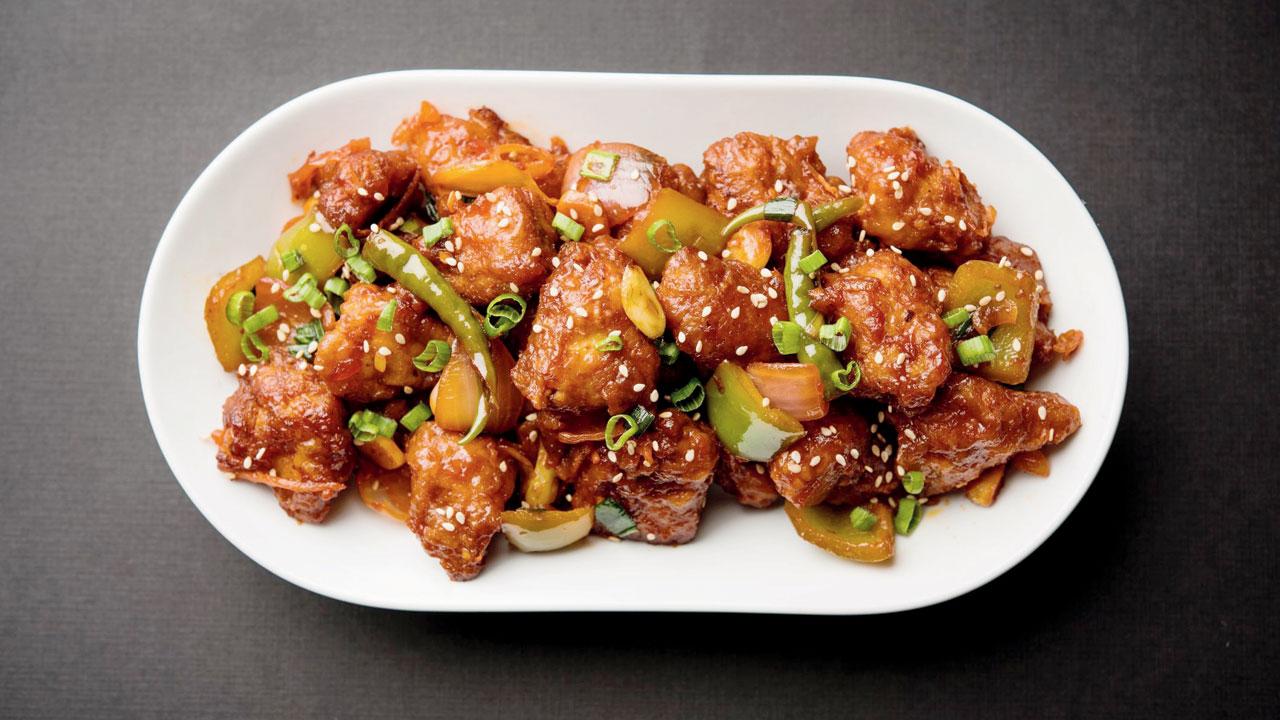
Ingredients
150 gms (8 pieces) boneless chicken
1 egg white
1 onion (sliced)
1 tbsp ginger-garlic paste
1 tsp soya sauc
1 tsp cornflour
1 tsp black and white pepper
Salt as per taste
Chopped spring onions for garnishing
Oil
Ingredients for the sauce
1 1/2 tsp soya sauce
2 tsp red chilli sauce
1 tsp vinegar
2 tsp cornflour mixed with 3 tbsp of water
Salt as per taste
Method
Marinate the chicken pieces with the cornflour, soya sauce, one tsp of ginger and garlic paste, egg white, pepper powders and some salt. Keep the marinated chicken aside for some time. Make the sauce by mixing all the ingredients listed under ‘sauce’. Heat some oil in a pan and deepfry the marinated chicken pieces and keep them aside. Fry the sliced onion till soft but not brown. Add the remaining ginger and garlic paste and fry till aromatic. Now add the fried chicken and the sauce and fry for another five to six minutes. Some water may be added if the sauce becomes too thick, keeping a little gravy. Serve the chicken manchurian garnished with chopped spring onions.
 Subscribe today by clicking the link and stay updated with the latest news!" Click here!
Subscribe today by clicking the link and stay updated with the latest news!" Click here!










